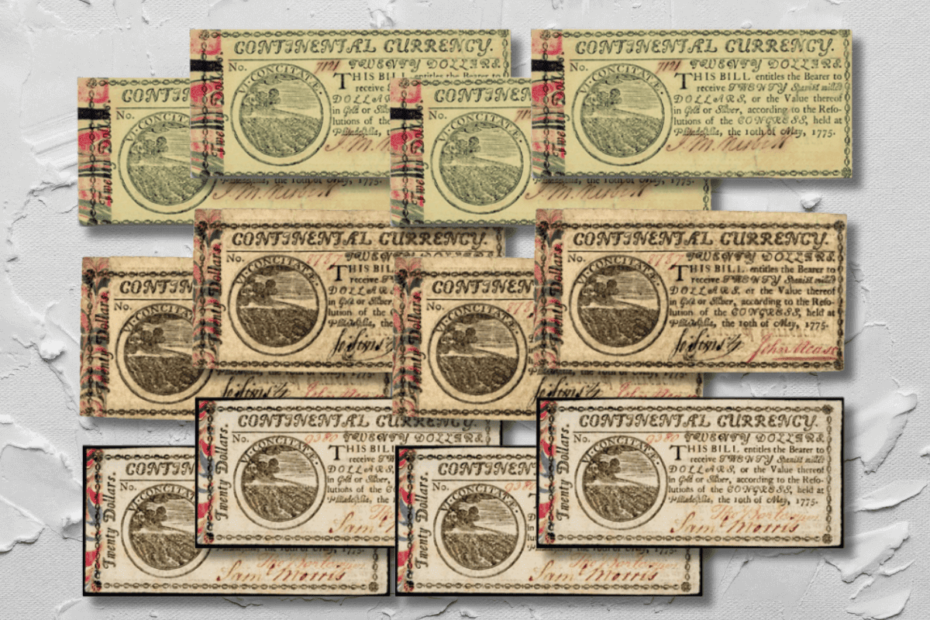A Collector‘s Intimate Connection with Currency History
Imagine holding a piece of history in your hands – not just a simple piece of paper, but a meticulously crafted artifact that tells a story of innovation, struggle, and national identity. As a seasoned numismatist with decades of experience collecting and studying American currency, I‘ve developed a profound appreciation for the $10 bill featuring Alexander Hamilton.
The Personal Touch of Currency Collection
My fascination with the $10 bill began decades ago in my grandfather‘s study, surrounded by carefully preserved currency specimens that whispered stories of American economic evolution. Each bill was more than a monetary instrument – it was a canvas of historical narrative, a tangible connection to the past.
Hamilton: Beyond the Portrait
Alexander Hamilton represents far more than a simple portrait on currency. He embodies the entrepreneurial spirit and financial genius that shaped the United States‘ economic foundation. His journey from a Caribbean orphan to the architect of America‘s financial system is nothing short of extraordinary.
The Rare and Remarkable: Collector‘s Perspective
In my years of collecting, I‘ve encountered $10 bills that are more than mere currency – they‘re historical artifacts. Some specimens from early printings reveal intricate details that modern bills have lost. The hand-engraved portraits, the delicate line work, the subtle variations in paper texture – each tells a unique story.
The Evolution of the $10 Bill: A Numismatic Journey
Early Printing Techniques: A Lost Art
The printing techniques used in early $10 bills were remarkable. Engravers were true artists, creating intricate designs that were nearly impossible to replicate. Each bill was a masterpiece of technical skill and artistic expression.
In the late 19th century, printing technologies were rudimentary compared to today‘s standards. Engravers would spend weeks perfecting a single plate, using specialized tools to create microscopic details that served both aesthetic and security purposes.
Security Features: A Technological Arms Race
As a collector, I‘ve witnessed the remarkable evolution of security features. What began as simple watermarks and specialized paper has transformed into a complex array of technological defenses against counterfeiting.
The modern $10 bill is a testament to technological innovation. Color-shifting ink, microprinting, and intricate security threads represent years of research and development. Each feature tells a story of ongoing technological advancement.
Personal Encounters: Rare Hamilton Bill Variations
Throughout my collecting career, I‘ve been fortunate to encounter some truly remarkable $10 bill variations. One particularly memorable specimen was an 1869 bill with a slight printing error – a microscopic misalignment that made it extraordinarily valuable to serious collectors.
The Emotional Value of Currency
Currency collecting isn‘t just about monetary value. It‘s about preserving history, understanding technological progress, and maintaining a tangible connection to our national narrative.
Hamilton‘s Broader Impact: More Than Just a Face on Currency
Alexander Hamilton‘s influence extends far beyond his portrait. He was a visionary who understood that a strong financial system was crucial to national survival. His policies established frameworks that continue to influence modern economic thinking.
The Economic Innovator
Hamilton‘s financial strategies were revolutionary. He advocated for a strong central banking system, promoted industrial development, and created mechanisms for managing national debt. These principles transformed the United States from a fragile confederation into a economic powerhouse.
Preservation: The Collector‘s Sacred Responsibility
Preserving historical currency requires more than just careful handling. It demands understanding environmental factors, chemical interactions, and specialized storage techniques.
The Science of Conservation
Humidity, light exposure, and physical handling can dramatically impact a bill‘s preservation. Collectors use specialized techniques like:
- Archival-grade storage materials
- Controlled environmental chambers
- Minimal physical interaction
- Advanced preservation technologies
The Market: Valuing Historical Currency
The market for rare $10 bills is complex and fascinating. Factors like printing year, condition, and unique characteristics can transform a simple bill into a valuable collectible worth thousands of dollars.
Collector‘s Market Insights
Rare Hamilton bills from specific printing runs can fetch extraordinary prices. A pristine specimen from an early printing might be worth exponentially more than its face value.
Looking Forward: The Future of Currency Collection
As digital technologies advance, physical currency becomes increasingly valuable as a historical artifact. Each bill is a snapshot of technological and cultural history.
Technological Convergence
The future of currency collection lies at the intersection of technology, history, and preservation. Digital documentation, advanced preservation techniques, and growing historical interest ensure that these artifacts will continue to be cherished.
Conclusion: A Living Historical Artifact
The $10 bill is more than currency. It‘s a narrative of American innovation, a testament to human creativity, and a bridge connecting past and present.
As you hold a $10 bill, remember: you‘re not just holding money. You‘re holding a piece of history crafted by human hands, technological innovation, and visionary thinking.
A Collector‘s Final Reflection
In every bill, in every carefully preserved specimen, there‘s a story waiting to be discovered. And for those willing to look closely, the stories are extraordinary.
